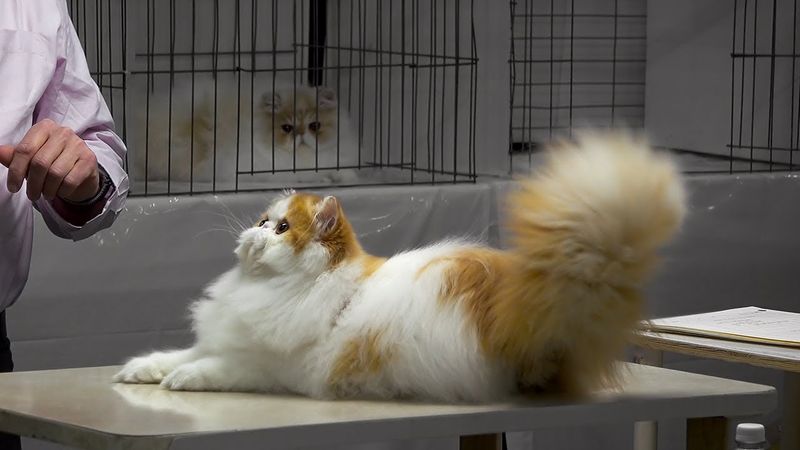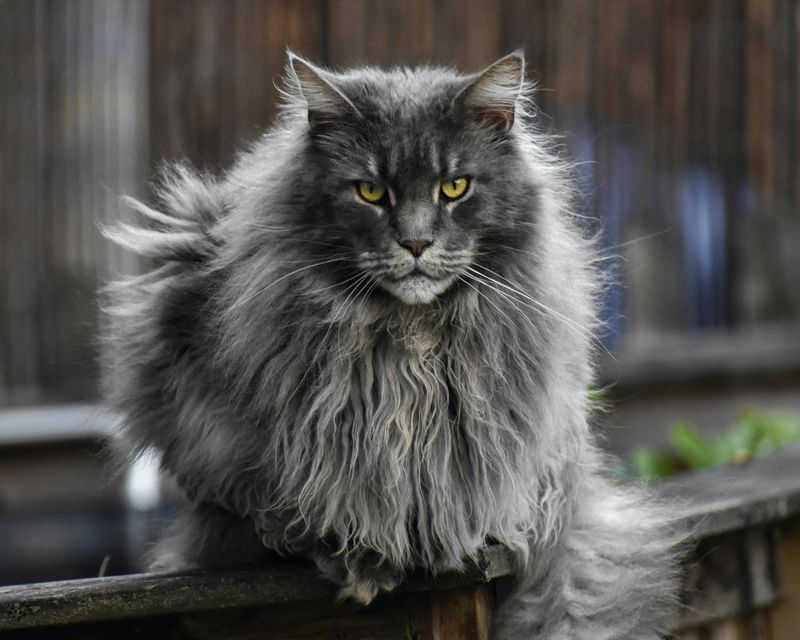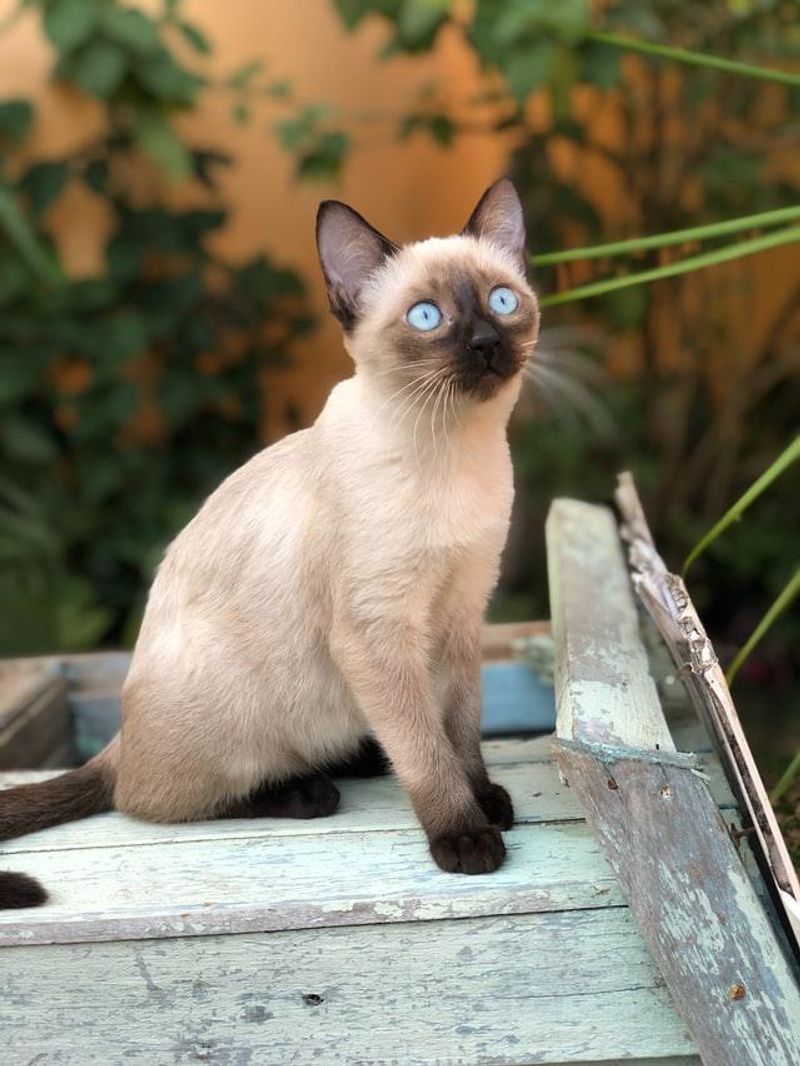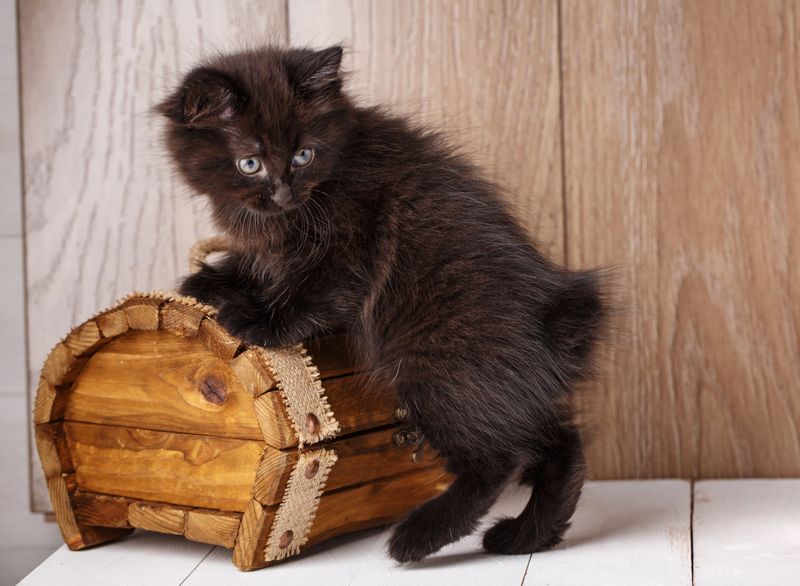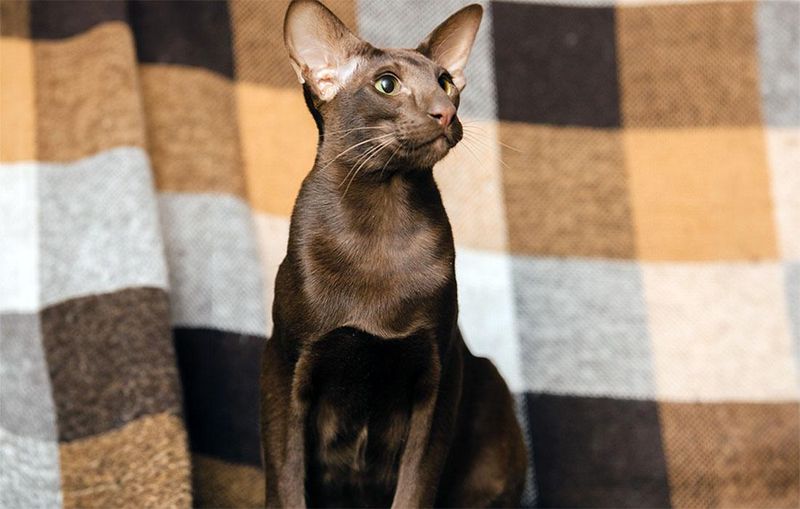📖 Table of Content:
In the world of feline fanciers and cat lovers, certain breeds dominate the spotlight. They grace the stages of prestigious pet shows with their elegance, distinctive features, and storied lineages, drawing admiration from judges and audiences alike. These cats are celebrated not only for their looks but also for the temperament and grooming that make them a perfect match for competition.
Yet beyond the glamour of the show ring exists a quieter, more humble group of cats—those that linger in shelters, often overlooked in favor of their pedigreed counterparts. These underdog breeds, or sometimes even mixed varieties, have just as much love to give but lack the notoriety or dramatic appearance that draws immediate attention. They represent a hidden treasure trove of personalities, quirks, and charm waiting to be discovered by those willing to look beyond a label.
This article contrasts four of the most popular pet show cat breeds with four lesser-known or underappreciated types often found in shelters. While the former group enjoys the limelight and polished grooming routines, the latter endures an uphill battle for adoption and recognition. By exploring the traits, temperaments, and unique features of both categories, we aim to bring a new perspective to the feline world—one that balances admiration with advocacy.
1. Persian
Often regarded as the royalty of the cat world, the Persian is instantly recognizable by its long, flowing coat and signature flat face. Its tranquil nature and quiet demeanor make it a natural favorite in show circuits where grace and composure are prized. These cats exude a calm presence and prefer serene environments, thriving in homes that match their laid-back personality. Regular grooming is a must, as their dense coats can easily mat without daily brushing. Breeders have spent decades refining their gentle features and soft coats, making them the epitome of feline luxury. Though they may seem aloof at times, Persians form deep bonds with their human companions and enjoy lounging nearby rather than seeking constant interaction. Their presence in cat shows is a testament to timeless beauty and careful curation.
2. Maine Coon
With their impressive size and friendly demeanor, Maine Coons are often referred to as “gentle giants.” They sport thick, water-resistant fur and bushy tails, features that evolved from their rugged northeastern American origins. While their appearance may seem wild, their temperament is anything but—they’re sociable, affectionate, and excellent with children and other pets. These traits have helped them gain widespread popularity in both homes and shows alike. Their intelligent and curious nature means they enjoy interactive play and are quick to learn routines. Judges are frequently captivated by their regal ruff, tufted ears, and confident yet amiable stance in competitions. Despite their size, they are known for their gentle voice—a soft trill that endears them even more to cat lovers.
3. Siamese
Siamese cats captivate with their striking blue eyes, sleek coats, and highly expressive voices. Their vocal nature makes them standout personalities, often engaging their owners in lengthy conversations. Historically revered in Thailand, they carry an air of mystique and elegance that continues to shine in modern-day cat shows. Unlike some breeds that are more independent, Siamese crave attention and thrive in social environments. Their short coats require minimal grooming, allowing their natural beauty and defined color points to take center stage. Their intelligence and emotional sensitivity make them intuitive companions that often pick up on their owner’s moods. In competition, their poised stance and alert expression consistently draw admiration from judges and spectators.
4. Bengal
Striking in every sense of the word, Bengals bring a wild aesthetic to the domestic sphere. Their marbled or spotted coats are reminiscent of leopards, making them a visual standout wherever they go. Originally bred from the Asian leopard cat, Bengals maintain a strong, athletic build and boundless energy. This breed loves to climb, run, and explore, making them ideal for active households or owners willing to engage them regularly. In show settings, their confident demeanor and eye-catching appearance make them crowd favorites. Their unique glittered coat—yes, it actually sparkles under the light—sets them apart from nearly all other breeds. While they may not be as cuddly as some lap cats, Bengals form strong bonds and are incredibly loyal to their humans.
1. Domestic Shorthair (DSH)
Commonly found in shelters across the world, Domestic Shorthairs encompass a wide variety of appearances and personalities. Unlike purebred cats, DSHs are a genetic melting pot, which gives them a rich diversity in coat patterns, colors, and temperaments. They are often passed over in favor of flashier breeds, yet their resilience and adaptability make them fantastic companions. These cats generally enjoy good health and low-maintenance grooming, thanks to their short, durable coats. Despite their “ordinary” label, many DSH cats exhibit unique quirks and endearing behaviors that rival any pedigreed pet. Their numbers in shelters are high, largely due to overpopulation and misconceptions about their value. Adopting a DSH often leads to discovering a one-of-a-kind personality and a deeply appreciative pet.
2. American Bobtail
Distinctive for their naturally short tails, American Bobtails are an underrepresented breed with a rugged charm. Their tails, often kinked or curled, vary in length and give each cat a unique silhouette. Bred for their wildcat appearance, they often resemble miniature lynxes with tufted ears and expressive eyes. They are highly intelligent and have been known to learn tricks, making them engaging pets for interactive households. Despite their striking look, they’re rare in shows and even rarer in homes, often ending up in rescues due to lack of public awareness. Their calm, dog-like loyalty endears them to those who get to know them, but too few are given that chance. With more recognition, the American Bobtail could easily become a household favorite.
3. Turkish Van
Unlike most cats, the Turkish Van has a curious affinity for water, a trait that sets them apart from the start. Their distinctive pattern—color on the head and tail with a white body—gives them a charmingly unbalanced look that appeals to a niche audience. Originally from the Lake Van region in Turkey, these cats were bred in mountainous climates and developed strong, agile bodies. Their independent nature can sometimes be mistaken for aloofness, but they are playful and affectionate in their own terms. Turkish Vans tend to be high-energy, which may lead to challenges in less active homes. Because they aren’t a fixture at cat shows, many are unaware of the breed’s personality and potential. Sadly, their unique traits can become a barrier to adoption when misunderstood.
4. Oriental Shorthair
Sleek and striking, the Oriental Shorthair commands attention with its long, angular features and large, bat-like ears. Unlike the Siamese, from which they descend, Orientals come in over 300 color and pattern variations. Their personalities are bold, curious, and highly interactive—they’ll follow you from room to room and demand to be involved in whatever you’re doing. Yet, despite their engaging temperament, their unconventional look can deter potential adopters. Some find their long faces and pronounced ears less traditionally “cute,” which unfairly affects their adoption chances. In show rings, they’re less common but still celebrated by breed enthusiasts for their uniqueness. Given the opportunity, an Oriental Shorthair proves to be a highly affectionate, intelligent, and loyal companion.

